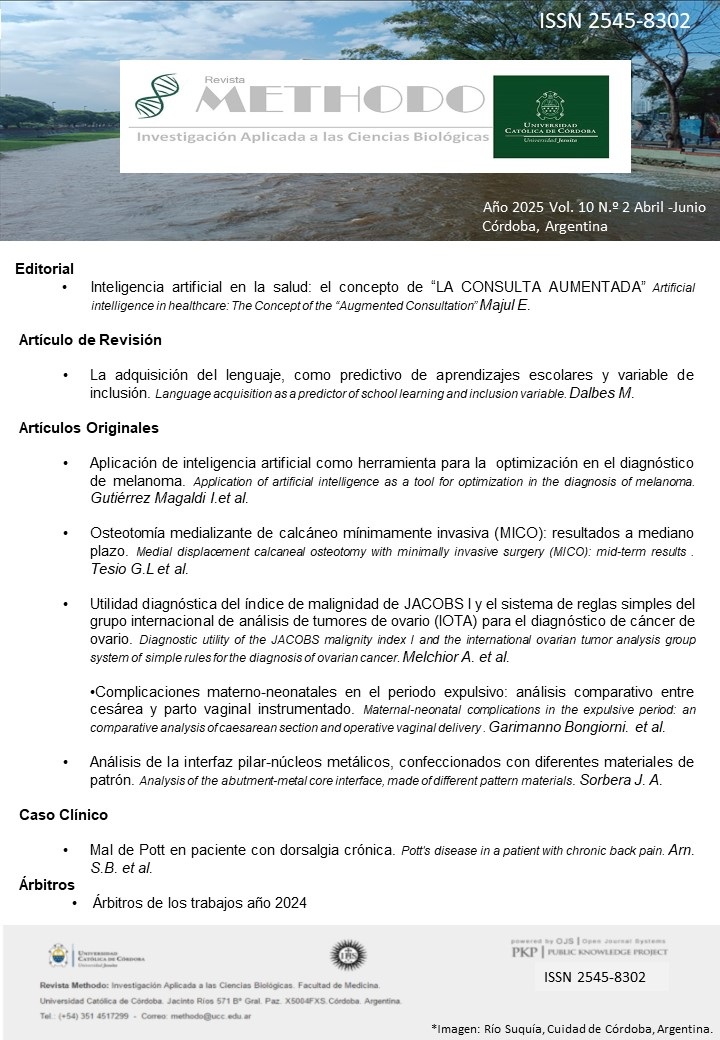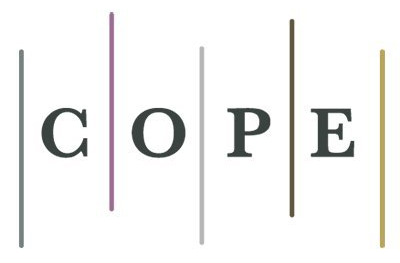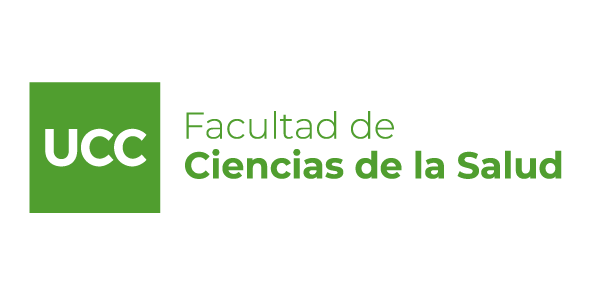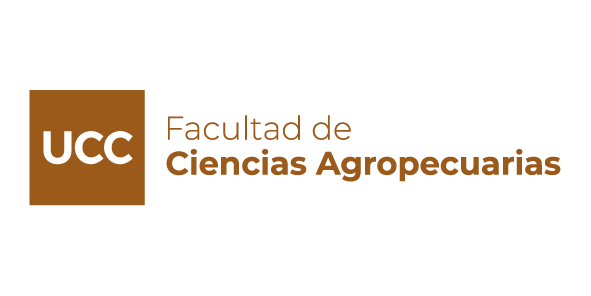Utilidad diagnóstica del índice de malignidad de JACOBS I y el sistema de reglas simples del grupo internacional de análisis de tumores de ovario (IOTA) para el diagnóstico de cáncer de ovario
DOI:
https://doi.org/10.22529/me.2025.10(2)05Palabras clave:
Cáncer de ovario, reglas simples de IOTA, Índice de malignidad de Jacobs IResumen
INTRODUCCIÓN: El cáncer de ovario es la neoplasia ginecológica más letal. La detección temprana del mismo y la referencia oportuna al ginecólogo oncólogo son los puntos claves para reducir la mortalidad de dicha patología. Se han informado varios métodos de diagnóstico para masas pélvicas sugestivas de cáncer de ovario, pero ninguno puede ser utilizado como método de detección universal. El principal desafío, por tanto, es identificar a las pacientes con dicho diagnóstico, de forma preoperatoria, a través de alguno de los métodos diagnósticos más confiables disponibles hasta el momento.
OBJETIVOS: Correlacionar los hallazgos ecográficos aplicando los criterios de IOTA y el índice de malignidad de Jacobs I, con el informe anatomopatológico de tumores ováricos. Determinar la sensibilidad (S), especificidad (E), valor predictivo positivo (VPP) y valor predictivo negativo (VPN) de las reglas simples de IOTA y el índice de malignidad de Jacobs I para el diagnóstico de cáncer de ovario.
MATERIALES Y MÉTODOS: Se llevó a cabo un estudio retrospectivo, observacional, de prueba diagnóstica. Se incluyeron pacientes de sexo femenino, mayores de 18 años, con diagnóstico ecográfico de tumor ovárico y resultado de Ca 125, intervenidas quirúrgicamente por vía laparoscópica o laparotómica en la Clínica Universitaria Reina Fabiola, desde enero del año 2017 hasta diciembre del año 2021. Variables analizadas: edad, estado menopáusico, Ca 125, CEA, Ca 19-9, BHCG, riesgo ecográfico de acuerdo a las reglas simples de IOTA (un sistema ecográfico diseñado por el Grupo Internacional de Análisis de Tumores de Ovario, de predicción de riesgo de malignidad para masas ováricas), Índice de malignidad de Jacobs I (cálculo de riesgo de malignidad de una masa ovárica producto de la puntuación de la ecografía, el estado menopáusico y el nivel de CA 125 en suero), procedimiento quirúrgico realizado, resultado anatomo-patológico. Análisis estadístico: Para la correlación entre el índice de Jacobs I y el resultado anatomopatológico se utilizó la prueba de Mann Whitney. Para la correlación entre las reglas simples de IOTA y el resultado anatomopatológico se utilizó el test de chi cuadrado. La sensibilidad (S) y la especificidad (E) se calcularon con una tabla de 2 x 2. Además, se calcularon los valores predictivos positivos (VPP) y negativos (VPN): VPP = VP/(VP+FP); VPN = VN/(VN+FN).
RESULTADOS: Se analizaron los datos de 193 pacientes. Las Reglas Simples de IOTA mostraron una correlación altamente significativa con el informe anatomopatológico (p < 0.001), con un odds ratio (OR) de 19.50 (IC 95% 6.99 - 54.43). De manera similar, el Índice de Jacobs I también presentó una asociación altamente significativa con el informe anatomopatológico (p < 0.001), con un OR de 27.13 (IC 95% 8.31 - 90.50). La sensibilidad y especificidad de las Reglas Simples de IOTA fueron 60% (IC 95% 41-75) y 93% (IC 95% 86- 97) respectivamente, con VPP de 60% (IC 95% [ 53- 67) y VPN de 93% (IC 95% 89-97). Para el Índice de Jacobs I, la sensibilidad fue 41% (IC 95% 25-59) y la especificidad 97% (IC 95% 92-99), con VPP de 78% (IC 95%72-84) y VPN de 89% (IC 95%84 -94).
CONCLUSIÓN: En este estudio, las Reglas Simples de IOTA mostraron un buen equilibrio entre sensibilidad y especificidad, mientras que el Índice de Jacobs I destacó por su alta especificidad. Dada la moderada a baja sensibilidad de estos instrumentos para el cribado de cáncer de ovario, se recomienda un enfoque combinado de ecografía y biomarcadores para mejorar su diagnóstico.
Citas
International Agency for Research on Cancer (IARC). Ovary fact sheet [Internet]. Lyon: IARC; [citado 2024 nov 30]. Disponible en: https://gco.iarc.who.int/media/globocan/factsheets/cancers/25-ovary-fact-sheet.pdf
Meléndez - González CV. Correlación entre el índice de malignidad de Jacobs II y el reporte anatomopatológico en tumores de ovario. Ginecol Obstet Mex. 2019;87(5):277-87.
Instituto Nacional del Cáncer. Incidencia del cáncer en Argentina [Internet]. Buenos Aires: Ministerio de Salud de la Nación; [citado 2024 dic 10]. Disponible en: https://www.argentina.gob.ar/salud/instituto- nacional-del-cancer/estadisticas/incidencia
Instituto Nacional del Cáncer. Mortalidad por cáncer en Argentina [Internet]. Buenos Aires:Ministerio de Salud de la Nación; [citado 2024 dic 10]. Disponible en: https://www.argentina.gob.ar/salud/instituto-nacional-del-cancer/estadisticas/mortalidad
The American College of Obstetricians and Gynecologists. Evaluation and Management of Adnexal Masses. Practice Bulletin - Clinical Management Guidelines for Obstetrician-Gynecologists. Obstet Gynecol. 2016;128(5): e210-e226. https://doi.org/10.1097/AOG.0000000000001768
Biggs WS, Marks ST. Diagnosis and management of adnexal masses. Am Fam Physician. 2016;93(8):676-81.
Dora SK, Dandapat AB, Pande B, Hota JP. A prospective study to evaluate the risk malignancy
index and its diagnostic implication in patients with suspected ovarian mass. J Ovarian Res. 2017; 10:55.
https://doi.org/10.1186/s13048-017-0351-2
Royal College of Obstetricians & Gynaecologists. Management of Suspected Ovarian Masses in Premenopausal Women. RCOG/BSGE Joint Guideline I. 2011; 62:1-14.
Kestane I, Senol T, Kahramanoglu I, Kestane D. The use of risk of malignancy index for adnexal masses. Gynecol Obstet (Sunnyvale). 2014;4(6):1000226. https://doi.org/10.4172/2161-0932.1000226
IOTA. Educational materials [Internet]. [citado 2024 dic 10]. Disponible en: https://iotaplus.org/en/education/educational-materials.
Preisler R. J, Burgos S. N, Cisternas O. D, Gayan P. P, Chávez R. I, Aleuanlli A. MC, et al.
Validación de criterios ecográficos IOTA (International Ovarian Tumor Analysis Group) para caracterizar masas anexiales y determinar riesgo de malignidad en un grupo de mujeres con sospecha de cáncer de ovario. Rev Hosp Clín Univ Chile. 2017;28(1):44-9.
https://doi.org/10.5354/2735-7996.2017.70632
Vasudevan J, Nair V, Sukumaran S. Evaluation of risk of malignancy index in the preoperative assessment of ovarian tumors: Study from a tertiary care center. Saudi J Health Sci. 2016;5(2):67.
Publicado
Cómo citar
Número
Sección
Licencia
Derechos de autor 2025 Methodo Investigación Aplicada a las Ciencias Biológicas

Esta obra está bajo una licencia internacional Creative Commons Atribución-NoComercial-CompartirIgual 4.0.




















